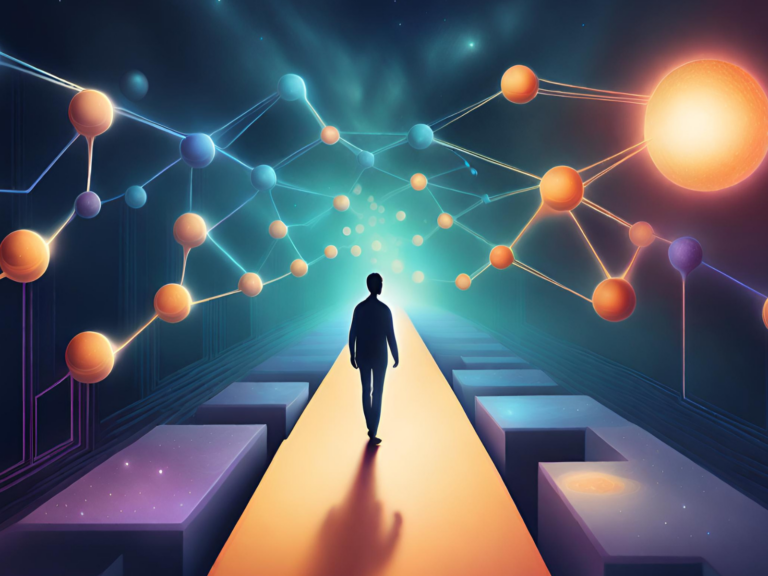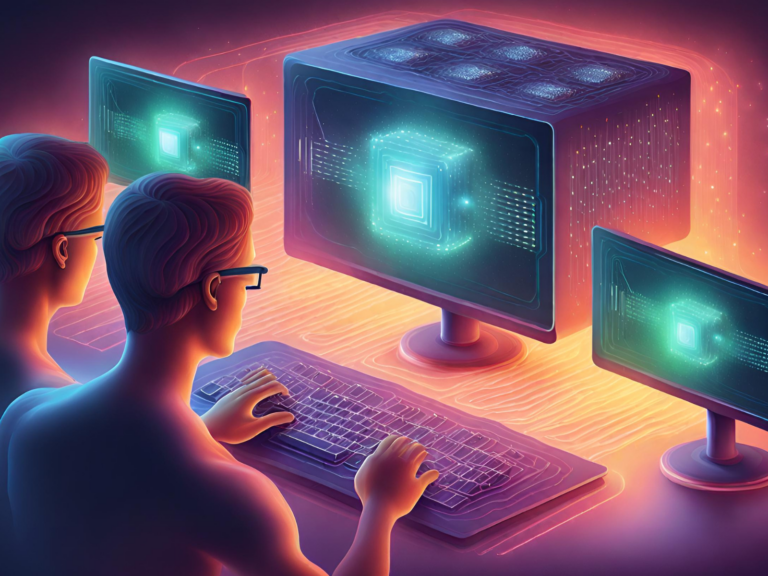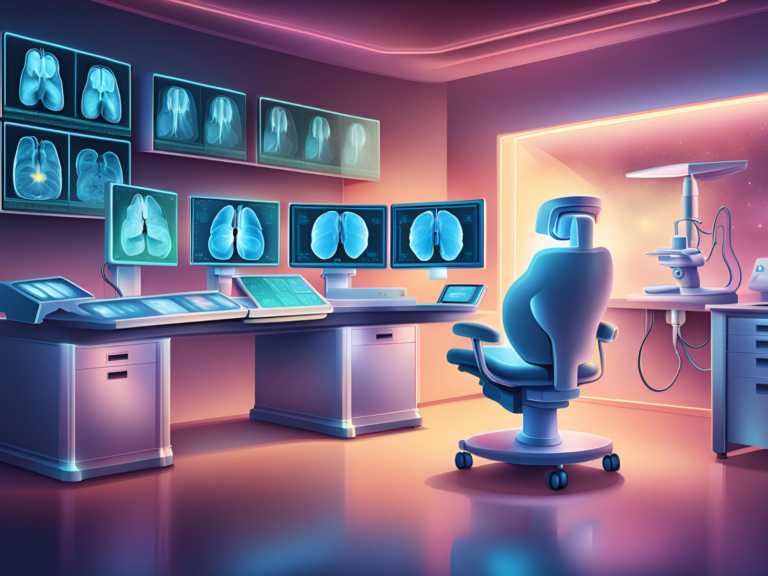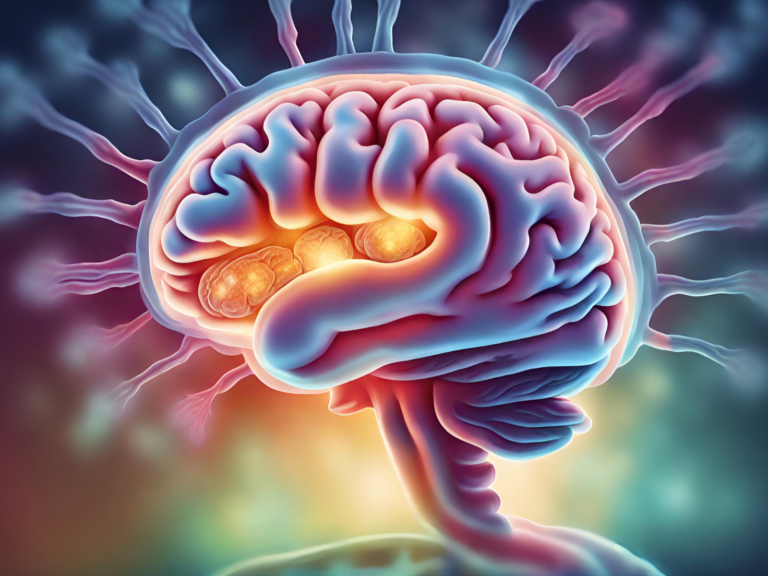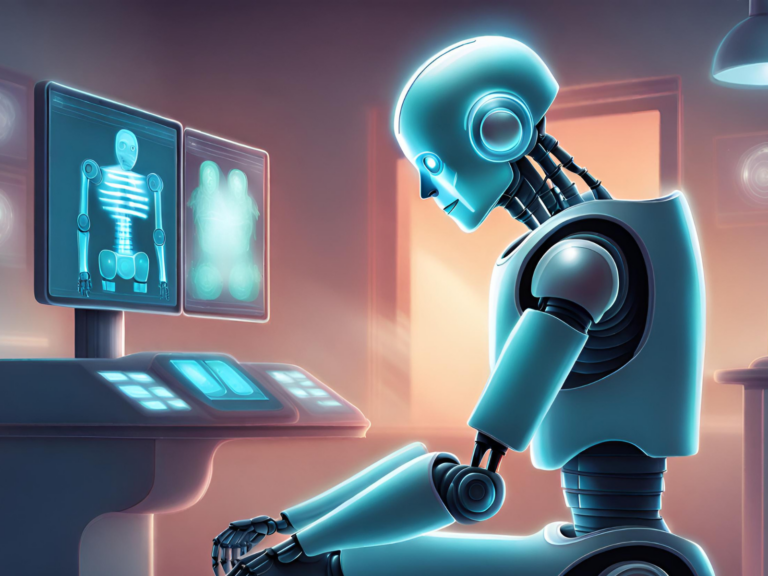AI and Computer Vision in Manufacturing 101
AI and computer vision are rapidly advancing technologies that are having a significant impact on manufacturing. AI can be used to analyze vast amounts of data, such as sensor data and production line data, to optimize processes and improve decision-making. Computer vision is the ability of machines to interpret and understand visual information from the world, such as images and videos, which is critical in quality control and inspection. Together, these technologies have the potential to transform manufacturing and improve efficiency and productivity.
AI and computer vision are becoming increasingly important in manufacturing as they are being used to improve quality control, optimize production processes, and increase automation. They also have the potential to improve efficiency and reduce costs in manufacturing. These technologies are helping to improve the quality of products and increase the efficiency of manufacturing processes.
Applications of AI and Computer Vision in Manufacturing
AI and computer vision are being used in manufacturing to improve quality control and inspection, perform predictive maintenance, and support robotics and automation. These technologies have the potential to improve the quality of products, increase efficiency, and reduce costs in manufacturing.
Quality Control and Inspection
AI and computer vision are being used in manufacturing to improve quality control and inspection. For example, computer vision can be used to inspect products for defects, such as cracks or scratches, and to ensure that products are assembled correctly. Additionally, AI can be used to analyze sensor data to identify patterns and predict when equipment may fail, allowing for proactive maintenance.
Predictive Maintenance
AI and computer vision are also being used for predictive maintenance in manufacturing. For example, AI can be used to analyze sensor data and predict when equipment may fail, allowing for proactive maintenance. This can help to reduce downtime and improve efficiency. Additionally, computer vision can be used to inspect equipment for wear and tear, which can help identify potential issues before they cause equipment failure.
Robotics and Automation
AI and computer vision are also being used in robotics and automation in manufacturing. For example, AI can be used to control and optimize the movement of robots, while computer vision can be used to locate and identify products on a production line. This can help to increase automation and improve efficiency. Additionally, computer vision can be used to inspect products for defects and ensure that products are assembled correctly, which can help to improve quality control.
Benefits of Using AI and Computer Vision in Manufacturing
The benefits of using AI and computer vision in manufacturing are many, including improved efficiency and productivity, increased accuracy and decision-making capabilities, and cost savings and scalability. These technologies have the potential to transform manufacturing and improve efficiency and productivity.
Improved Efficiency and Productivity
One of the biggest benefits of using AI and computer vision in manufacturing is improved efficiency and productivity. For example, AI can be used to optimize production processes, such as scheduling and logistics, which can lead to shorter lead times and higher output. Additionally, computer vision can be used to inspect products for defects and ensure that products are assembled correctly, which can lead to fewer defects and rework.
Increased Accuracy and Decision-Making Capabilities
Another benefit of using AI and computer vision in manufacturing is increased accuracy and decision-making capabilities. For example, AI can be used to analyze sensor data and predict when equipment may fail, allowing for proactive maintenance and reducing downtime. Additionally, computer vision can be used to inspect products for defects and ensure that products are assembled correctly, which can lead to higher-quality products.
Cost Savings and Scalability
Another benefit of using AI and computer vision in manufacturing is cost savings and scalability. For example, AI can be used to optimize production processes, such as scheduling and logistics, which can lead to cost savings. Additionally, computer vision can be used to inspect products for defects, which can lead to cost savings by reducing the need for rework. Additionally, AI and computer vision can be used to scale up automation, which can help to improve efficiency and reduce costs.
Challenges and Considerations
While AI and computer vision have the potential to transform manufacturing and improve efficiency and productivity, there are also challenges and considerations that need to be taken into account. These include integration with existing systems, data privacy and security, and ethical concerns and potential biases. It’s important to address these challenges and considerations when designing and implementing AI and computer vision systems in manufacturing.
Integration with Existing Systems
One of the biggest challenges with AI and computer vision in manufacturing is the integration with existing systems. It can be difficult to implement new AI and computer vision systems and integrate them with existing manufacturing systems and processes. It’s important to plan and consider the integration process when working with AI and computer vision systems in manufacturing.
Data Privacy and Security
Another challenge with AI and computer vision in manufacturing is the need to protect data privacy and security. As AI and computer vision systems collect and analyze large amounts of sensitive data, such as production line data, there is a risk that this data could be accessed, stolen, or misused. It’s important to implement strong data security measures and adhere to relevant data privacy laws and regulations when working with AI and computer vision systems in manufacturing.
Ethical Concerns and Potential Biases
Another challenge with AI and computer vision in manufacturing is the potential for ethical concerns and biases. For example, AI systems that are trained on biased data can perpetuate and even amplify existing biases in society, leading to potential issues with fairness and equity. Additionally, AI systems used in manufacturing may raise concerns around worker autonomy and safety. It’s important to consider these ethical concerns and biases when designing and implementing AI and computer vision systems in manufacturing.
Real-World Cases and Examples
AI and computer vision are being used in manufacturing to improve quality control and inspection, perform predictive maintenance, and support robotics and automation. These real-world cases and examples demonstrate the potential of these technologies to improve the quality of products, increase efficiency, and reduce costs in manufacturing.
Automotive Industry
One of the most well-known applications of AI and computer vision in manufacturing is in the automotive industry. For example, computer vision is being used in the assembly process to inspect car parts for defects, and to ensure that they are assembled correctly. Additionally, AI is being used to optimize production schedules and logistics, which can help to reduce lead times and increase output.
Pharmaceutical Industry
AI and computer vision are also being used in the pharmaceutical industry to improve quality control and inspection. For example, computer vision can be used to inspect pills for defects, such as cracks or discoloration, and to ensure that pills are properly packaged. Additionally, AI can be used to analyze sensor data and predict when equipment may fail, which can help to reduce downtime and improve efficiency.
Food and Beverage Industry
AI and computer vision are also being used in the food and beverage industry to improve quality control and inspection. For example, computer vision can be used to inspect food products for defects, such as mold or pests, and to ensure that products are properly packaged. Additionally, AI can be used to optimize production schedules and logistics, which can help to reduce lead times and increase output.
Conclusion
We have discussed the importance of AI and computer vision in manufacturing. We have explored some of the key applications and benefits of these technologies, including improved efficiency and productivity, increased accuracy and decision-making capabilities, and cost savings and scalability. We have also discussed some of the challenges and considerations that need to be taken into account when implementing AI and computer vision systems in manufacturing. Additionally, we have provided real-world examples and cases in manufacturing to demonstrate the potential of these technologies.
As AI and computer vision continue to advance, it’s important for manufacturing organizations to explore and invest in these technologies. By doing so, they can reap the benefits of improved efficiency and productivity, increased accuracy and decision-making capabilities, and cost savings and scalability. Additionally, by addressing the challenges and considerations, they can ensure that their use of AI and computer vision aligns with ethical and legal standards.
AI and computer vision are rapidly advancing technologies that have the power to transform manufacturing and improve efficiency and productivity. Manufacturing organizations should consider the potential benefits and challenges and take the next steps to explore and invest in these technologies. As these technologies continue to evolve, it will be important to stay informed and up-to-date on the latest developments and best practices in AI and computer vision in manufacturing.


